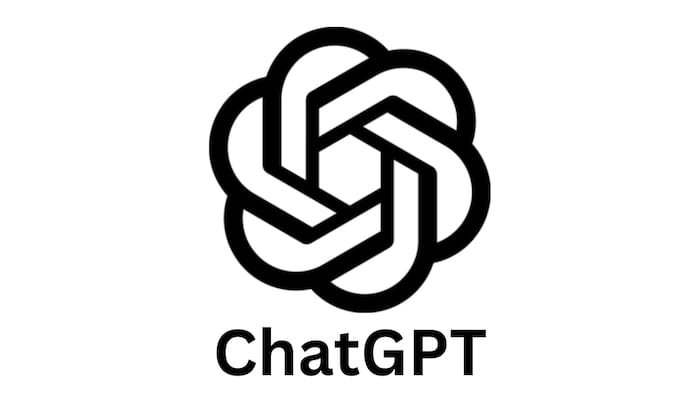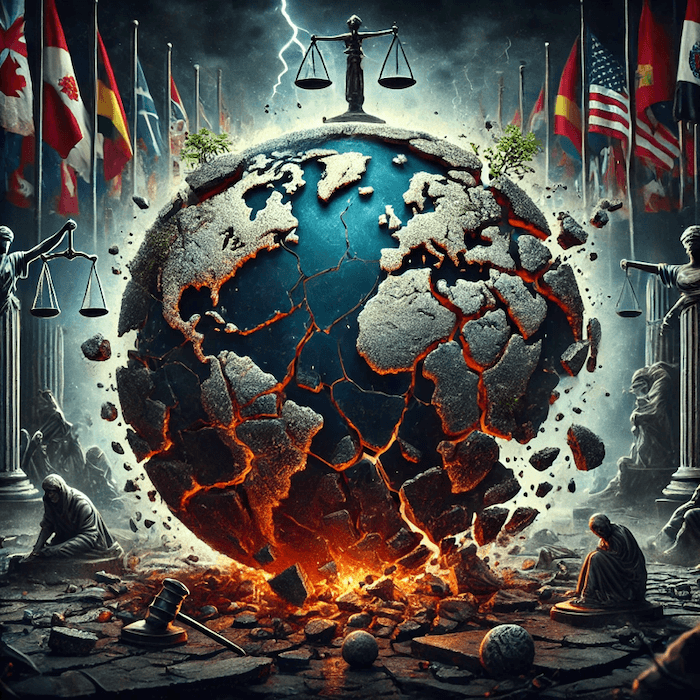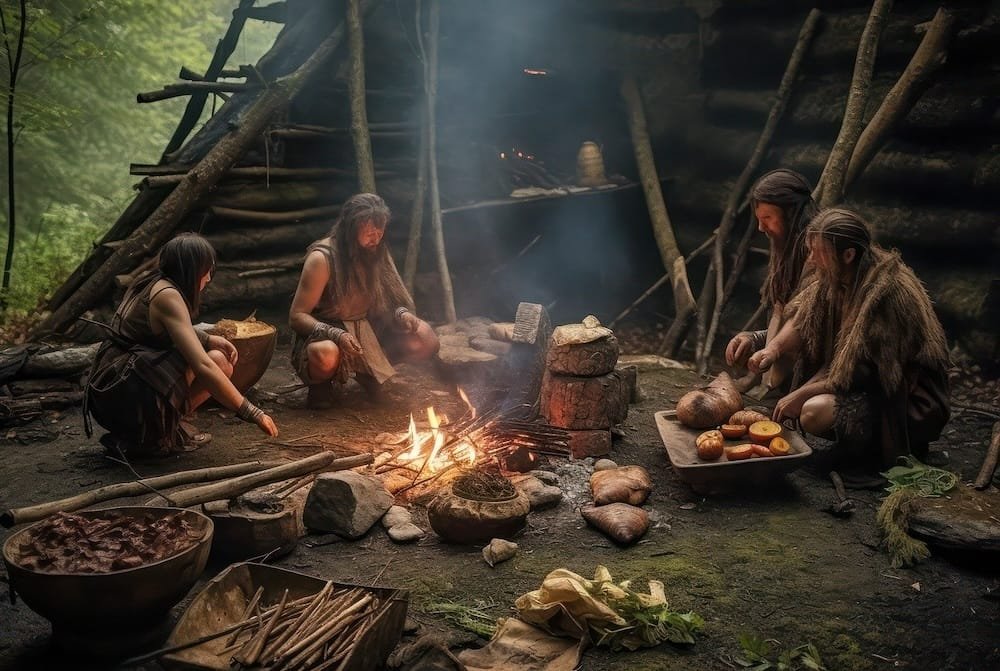What Hath God Wrought: The Telegraph’s Birth and the Transformation of Human Connection
Picture this: It’s May 24th, 1844, and in a small room in the Supreme Court chamber of the Capitol building in Washington, D.C., a man sits nervously before a peculiar contraption of wires and metal. Samuel Finley Breese Morse, artist turned inventor, is about to send a message that will forever change how human beings connect across vast distances. With careful deliberation, he taps out a biblical phrase in his newly invented code: “What hath God wrought.”
Forty miles away in Baltimore, Maryland, his assistant Alfred Vail receives those dots and dashes, translates them back into words, and immediately sends the same message back to Washington. In that moment — lasting mere minutes — the world became fundamentally smaller, and the pace of human civilization began to quicken in ways that Samuel Morse himself could never have imagined.

Samuel Finley Breese Morse from National Portrait Gallery, Smithsonian Institution; Frederick Hill Meserve Collection
The Man Behind the Message
Samuel Morse was not born to be a communications revolutionary. Raised in a strict Calvinist household in Charlestown, Massachusetts, he initially pursued his passion as a painter, creating portraits of prominent Americans and grand historical scenes. His artistic training at Yale College and later in London shaped his meticulous eye for detail — a skill that would prove invaluable in his later scientific endeavors.
But tragedy has a way of redirecting our paths. In 1825, while Morse was painting a portrait in Washington, he received a letter telling him his wife was gravely ill. By the time he rushed home to New Haven, she had already died and been buried. The slow pace of communication in that era meant that the most important moments of our lives could slip away while we remained blissfully unaware. This personal anguish planted a seed in Morse’s mind: surely there had to be a faster way for people to share urgent news across great distances.
The inspiration struck him during a ship voyage back from Europe in 1832. Conversations about electromagnetism with fellow passengers sparked his imagination.
What if electricity could carry messages instantaneously across wires?
What if human thoughts could travel at the speed of lightning itself?
The Day That Changed Everything
That May morning in 1844 represented the culmination of over a decade of experimentation, frustration, and persistence. Morse had endured years of financial hardship, skeptical investors, and technical setbacks. Politicians questioned whether the government should fund such a seemingly frivolous invention. Even on the day of the demonstration, many observers remained doubtful.
Morse chose his inaugural message carefully. “What hath God wrought” came from Numbers 23:23 in the King James Bible, suggested by Annie Ellsworth, daughter of the Patent Commissioner. The phrase carries profound meaning — it speaks to divine wonder at human achievement, a recognition that we sometimes create things beyond our own understanding of their consequences.
The technical specifications were remarkably simple by today’s standards. Morse’s telegraph used an electromagnet to move a stylus that marked dots and dashes on a moving strip of paper. The famous Morse Code — combinations of short and long electrical pulses representing letters of the alphabet — allowed complex human language to be reduced to binary electrical signals. The Washington-Baltimore line stretched across wooden poles, carrying a single copper wire with the earth itself serving as the return circuit.
When that first official message crackled across the 40 miles of wire, it traveled at roughly 186,000 miles per second — the speed of light through the copper conductor. Compare this to the fastest previous method of long-distance communication: a horse and rider, covering perhaps 30 miles in a day over rough terrain.
The Fabric of Society Rewoven
The telegraph didn’t just speed up communication — it fundamentally altered the rhythm of human existence. Within a decade, telegraph lines were spreading across America like a spider’s web, connecting distant cities and remote towns to a shared nervous system of information.
Consider how this changed the simple act of conducting business. Before the telegraph, a merchant in New York who wanted to know grain prices in Chicago had to wait weeks for a letter. Decisions were made with old information, and fortunes were built on who could move physical information fastest. The telegraph democratized market information, creating the foundation for modern commodity exchanges and stock markets. Suddenly, prices could be coordinated across vast distances, creating truly national markets for the first time in human history.
The transformation went far deeper than commerce. Families separated by migration could maintain relationships in ways previously impossible. A mother in Boston could know within hours if her son in California was safe after an earthquake. Young people could court across state lines through romantic telegrams. The very notion of “long-distance relationships” was born.

Perhaps most profoundly, the telegraph began to standardize time itself. Before instant communication, every town kept its own time based on the sun’s position. But railroad schedules coordinated by telegraph required synchronized clocks across entire regions. The concept of time zones — which we now take for granted — emerged directly from the telegraph’s need to coordinate activities across vast distances.
The Ripples Through Time
Standing here in 2025, we can trace direct lines from Morse’s first message to the device in your pocket. The telegraph established the first principles of electronic communication: encoding human language into electrical signals, transmitting those signals across distances, and decoding them back into meaning. Every text message, every email, every video call follows the fundamental pattern Samuel Morse established that May morning.
The telegraph also birthed the first global communication networks. By the 1860s, underwater cables connected America to Europe. News of Lincoln’s assassination reached London in days, not weeks. The world’s first “information superhighway” was built from copper wire and wooden poles, but it established the template for our modern internet.
More subtly, the telegraph began humanity’s complicated relationship with instant communication. The same technology that could save lives by quickly summoning doctors could also spread panic through false rumors. The same wires that connected distant lovers also enabled new forms of fraud and deception. We see these tensions playing out today in our debates about social media, digital privacy, and information verification.
Imagining the Alternative
What if Samuel Morse had remained focused solely on painting? What if Annie Ellsworth had suggested a different biblical verse, or no verse at all? What if congressional funding had been denied by just one vote?
Without the telegraph, the American Civil War might have unfolded differently. Lincoln’s ability to coordinate Union forces across vast distances proved crucial to victory. The transcontinental railroad, built with telegraph coordination, might have taken decades longer to complete. The settling of the American West would have proceeded more slowly and chaotically.
Globally, the British Empire‘s ability to govern distant colonies depended heavily on telegraph cables. Without instant communication to London, colonial independence movements might have succeeded earlier, or imperial control might have required even more brutal local enforcement.
Perhaps most intriguingly, our entire relationship with time and distance might have evolved differently. Would we have developed different social structures, different concepts of privacy, different expectations about response times and availability?
The Timeless Lesson
Samuel Morse’s legacy reminds us that individual human curiosity, persistence, and ingenuity can reshape the world in ways we never anticipate. He set out to solve a personal problem — the slow pace of communication that had cost him his final moments with his dying wife. Instead, he created the foundation for the connected world we inhabit today.
The next time your phone buzzes with a message from someone thousands of miles away, remember that May morning in 1844. Remember Samuel Morse tapping out “What hath God wrought” and marveling at the power of human innovation to compress time and space. In our age of instant global communication, we are all still living in the world that telegraph built, dot by dash by dot.
Back to you…
Think about how communication technology has affected your life. Your romances, your career path, your view of the world. Imagine a life that didn’t have instant access to loved ones. Maybe there’s a thread of your personal story that involves a digital connection. Connections made, connections broken, or miscommunication.
◆
contact me to discuss your storytelling goals!
◆
Subscribe to the newsletter for the latest updates!
Copyright Storytelling with Impact® – All rights reserved








